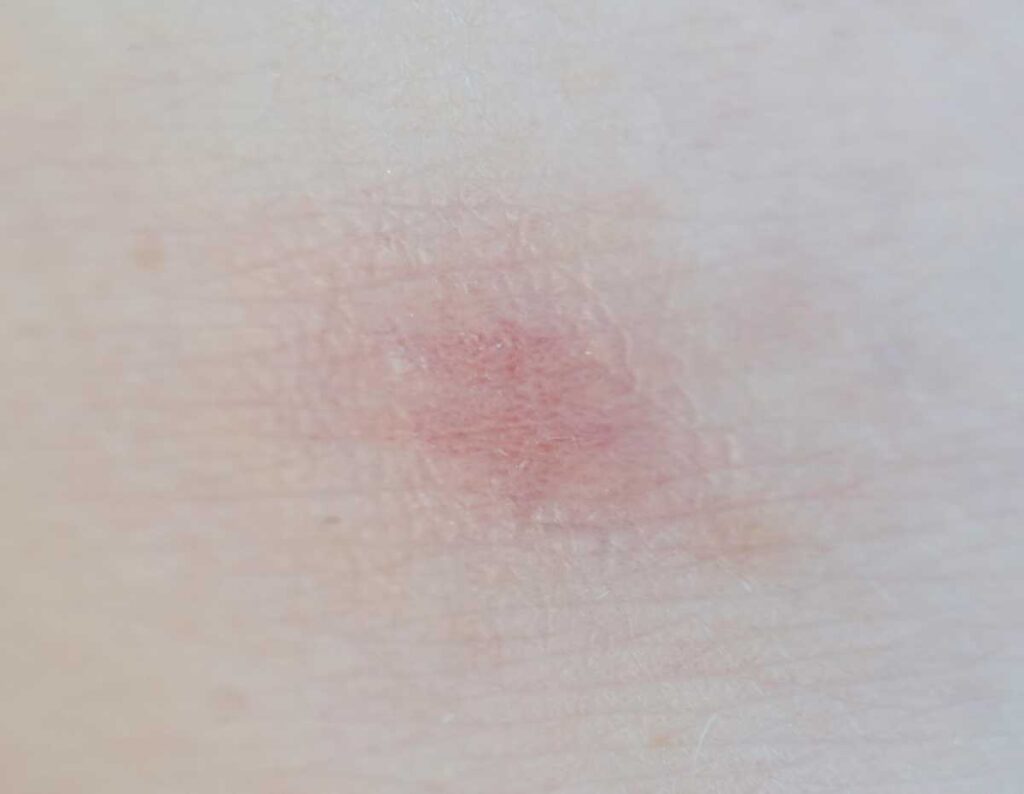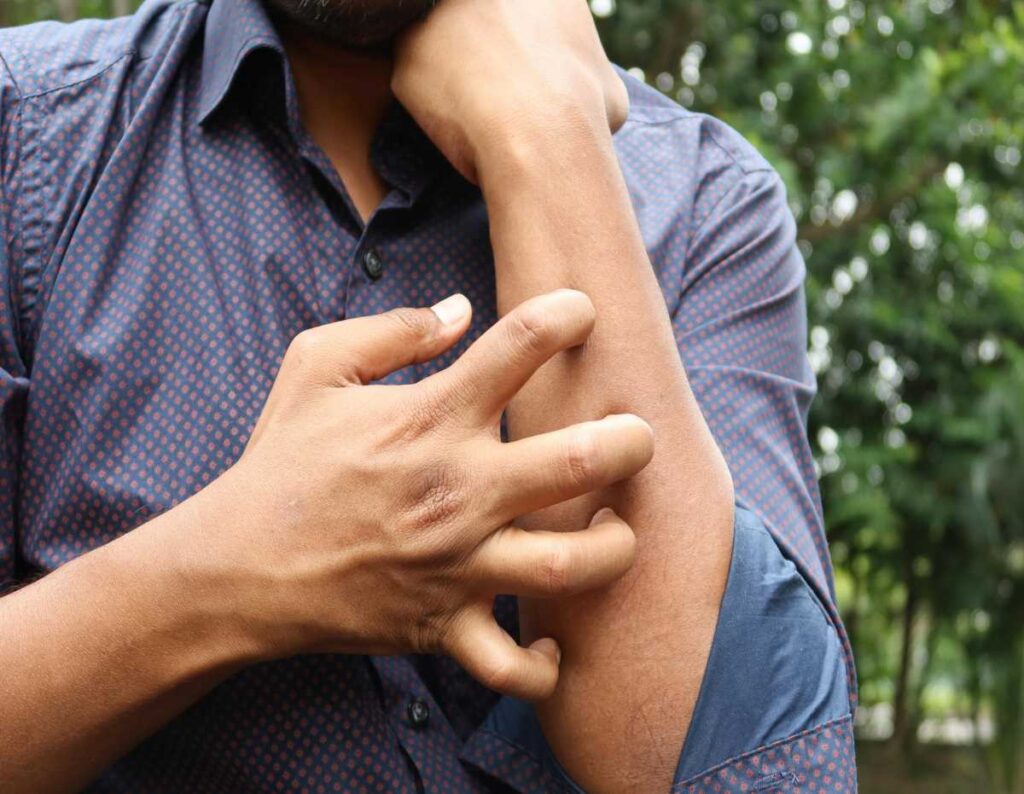Heat rash, also known as prickly heat or miliaria, occurs when sweat ducts become blocked and sweat is trapped under the skin. This condition is particularly common in hot, humid weather, but it can also occur in any environment where sweat accumulation is frequent. Understanding the causes, treatments, and preventive measures for heat rash can help you manage this uncomfortable condition effectively.
Causes of Heat Rash
Heat rash is typically caused by:
- Excessive Sweating: When sweat glands produce more sweat than usual, especially in hot and humid conditions, the sweat can become trapped under the skin.
- Blocked Sweat Glands: Sweat glands can become blocked due to various factors, including tight clothing, excessive use of creams or ointments, or skin conditions that cause inflammation.
- High Humidity and Temperature: Environments with high temperatures and humidity levels increase the likelihood of sweating, leading to blocked glands.
- Physical Activity: Engaging in strenuous physical activities can increase sweating and contribute to the development of heat rash.
- Certain Medications: Some medications can increase sweating, making individuals more prone to heat rash.
Symptoms of Heat Rash
Heat rash can present with various symptoms, including:
- Red or Pink Bumps: Small, red bumps or blisters on the skin are common signs of heat rash.
- Itching or Burning Sensation: The affected area may feel itchy or cause a prickling sensation.
- Swelling: The skin in the affected area may appear swollen or inflamed.
- Discomfort: Heat rash can be uncomfortable, particularly in areas prone to sweating, such as the neck, armpits, or groin.
Treatment for Heat Rash
If you develop heat rash, the following treatment options may help relieve symptoms:
1. Cool the Skin
- Take Cool Showers: Taking a cool shower or bath can help soothe the skin and reduce sweating.
- Apply Cold Compresses: Use a clean cloth soaked in cold water and apply it to the affected area for relief.
2. Stay Dry
- Avoid Excessive Heat: Stay indoors during peak heat hours and avoid strenuous activities until the rash resolves.
- Wear Loose Clothing: Opt for loose, breathable fabrics, such as cotton, to reduce friction and allow sweat to evaporate.
3. Over-the-Counter Treatments
- Calamine Lotion: This can help soothe itching and reduce irritation.
- Hydrocortisone Cream: A mild corticosteroid cream can help reduce inflammation and relieve itching.
4. Antihistamines
- Oral Antihistamines: Taking over-the-counter antihistamines can help reduce itching and discomfort associated with heat rash.
5. Stay Hydrated
- Drink Plenty of Fluids: Staying hydrated can help regulate body temperature and reduce the risk of sweating.

Prevention Tips for Heat Rash
Preventing heat rash is often easier than treating it. Here are some effective prevention tips:
- Choose Breathable Fabrics: Wear loose-fitting clothing made of breathable materials like cotton, which can help wick moisture away from the skin.
- Stay Cool: Try to stay in air-conditioned environments when possible, especially during hot weather. Fans can also help circulate air and keep you cool.
- Shower Frequently: Take regular cool showers to help cleanse the skin and prevent the buildup of sweat.
- Avoid Heavy Creams and Ointments: Limit the use of heavy skin products that can clog pores and exacerbate sweating.
- Limit Physical Activity in Heat: Try to exercise during cooler parts of the day or indoors to minimize sweating.
- Use Talcum Powder: Applying talcum powder to areas prone to sweating can help absorb moisture and reduce friction.
When to See a Doctor
While heat rash is typically a mild condition that resolves on its own, you should seek medical attention if:
- The rash does not improve with home treatment.
- You experience severe itching, pain, or swelling.
- Signs of infection appear, such as increased redness, pus, or fever.
Conclusion
Heat rash in adults can be uncomfortable but is generally manageable with proper care and preventive measures. Understanding the causes and symptoms can help you address the issue effectively. By taking steps to keep your skin cool and dry, you can significantly reduce the risk of developing heat rash and enjoy a more comfortable summer season. If symptoms persist or worsen, don’t hesitate to consult a healthcare professional for further evaluation and treatment.

